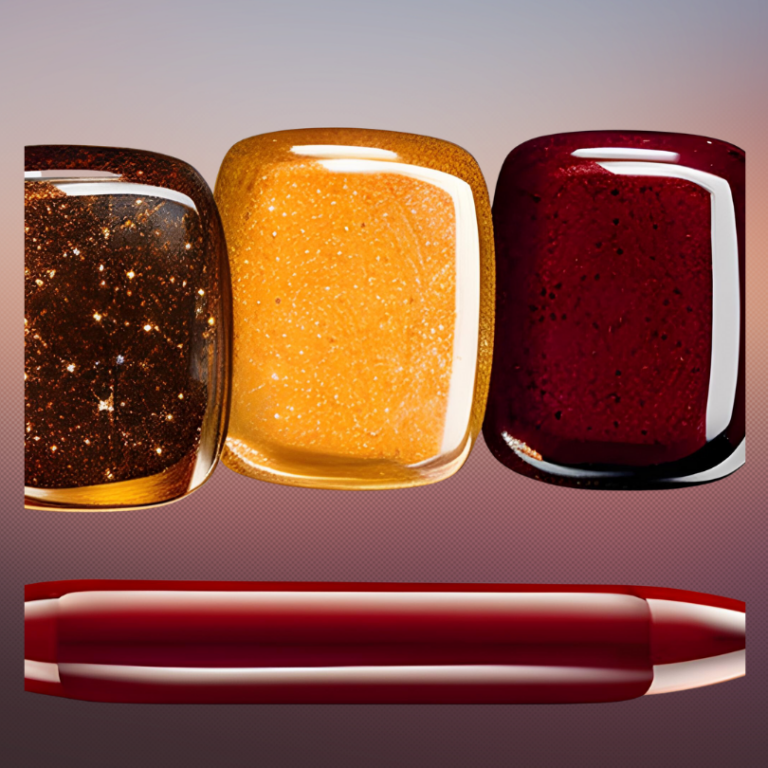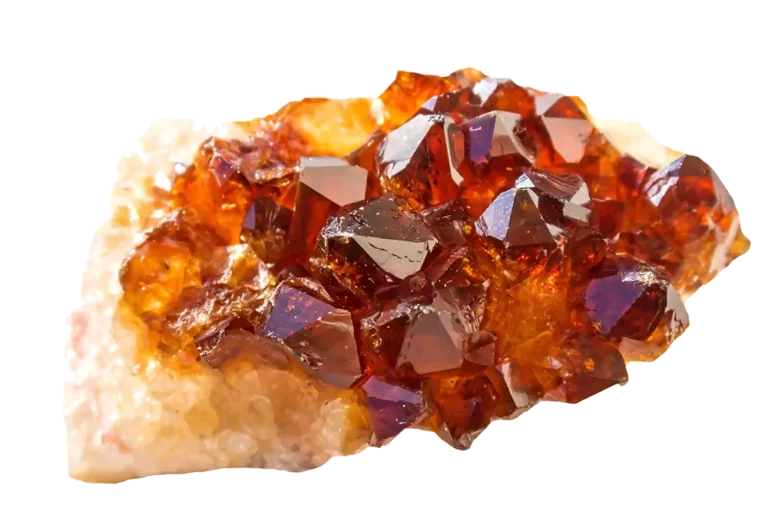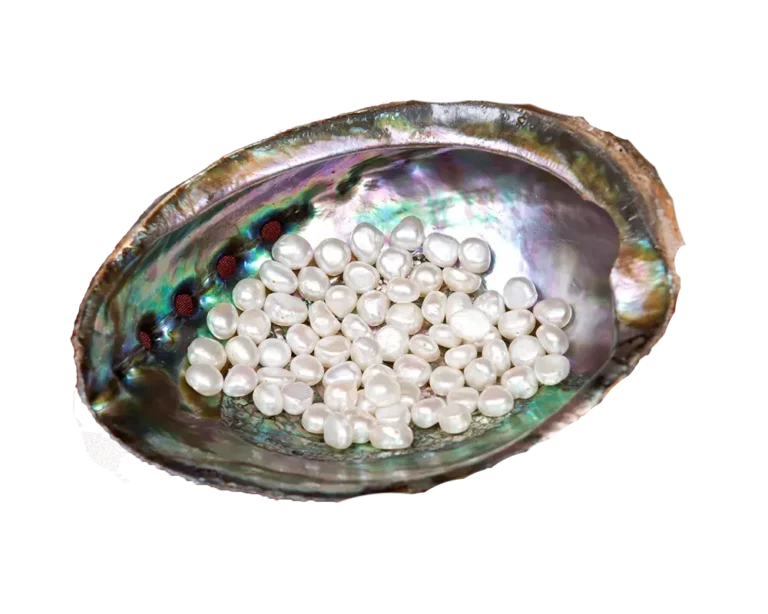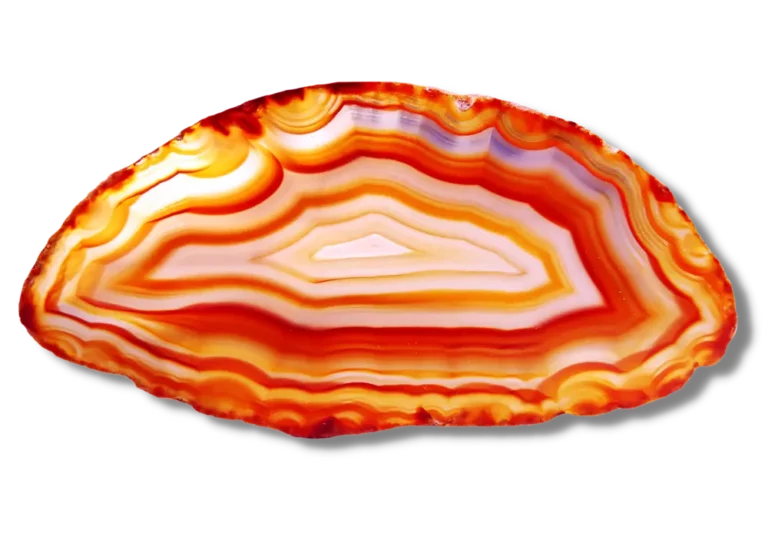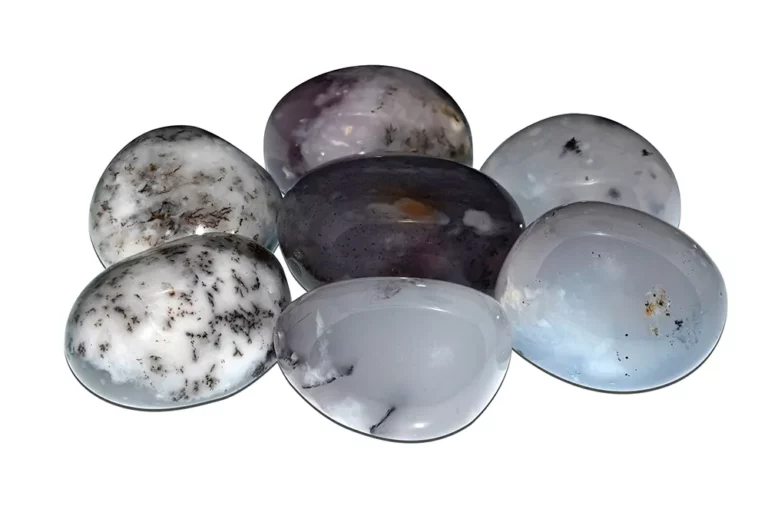Fortification Agate: Properties, Benefits & Meanings
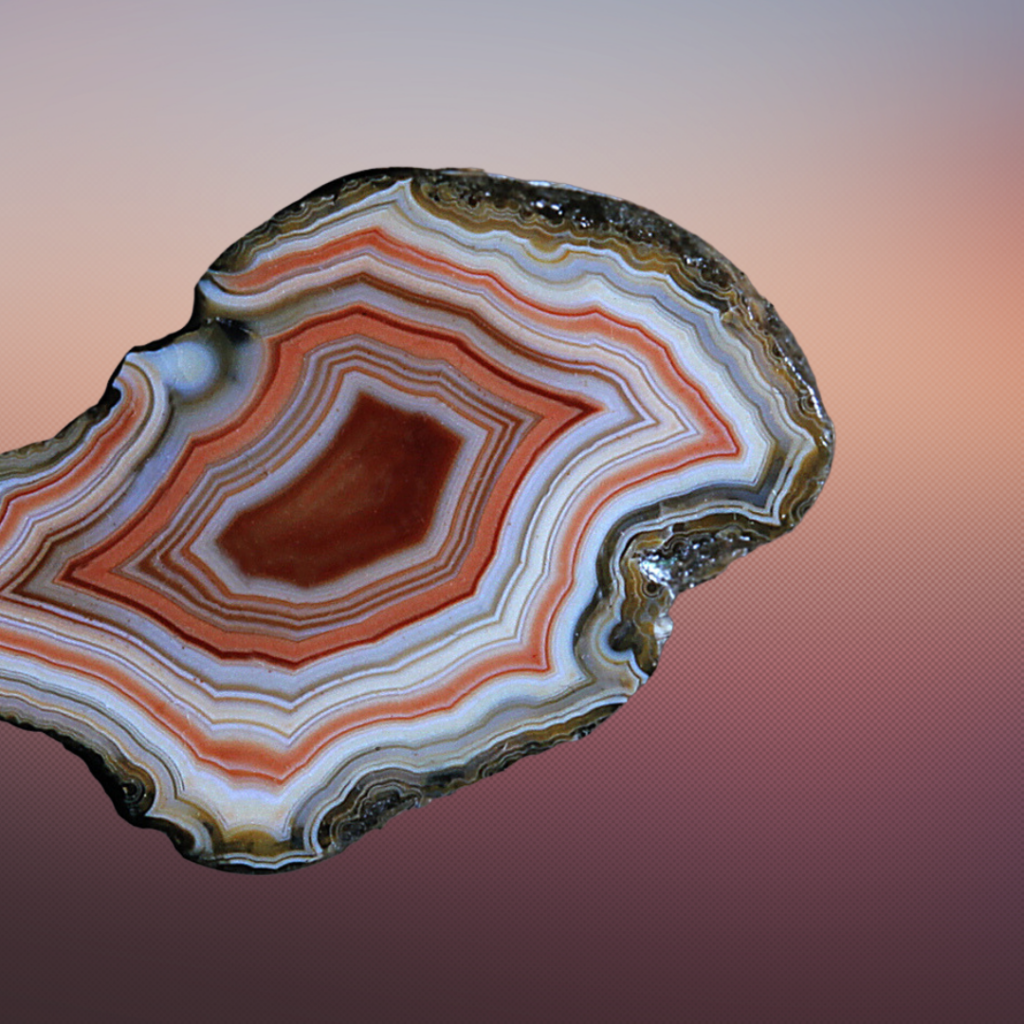
Fortification Agate Overview
Fortification agate is a type of Agate that has unique banding patterns. These patterns resemble the walls or fortifications of a castle or fortress, hence the name. The banding is typically formed by depositing minerals in successive layers, creating a concentric or curved pattern.
Fortification agate is available in different colors, such as brown, red, orange, yellow, green, blue, and purple. People commonly use it for jewelry and decorative items. Collectors highly value it due to its unique and striking appearance. Fortification Agate is found in many locations worldwide, including the United States, Brazil, Mexico, India, and Madagascar.
This blog post will discuss everything you need to know about Fortification Agate, including its properties, benefits, and meanings.
What is Fortification Agate?
Fortification Agate is a type of Agate mineral in the quartz family. It is characterized by its unique banding patterns that resemble fortifications or battlements. This gemstone is formed from microscopic quartz crystals arranged in layers, giving it a distinctive appearance.
The stone can come in various colors, including white, gray, brown, green, pink, and red. The banding patterns create unique and beautiful designs. It is a durable gemstone with a hardness of 6.5-7 on the Mohs scale. Gemstone lovers and jewelry enthusiasts highly value its beauty and unique properties. In addition, it is believed to have several benefits that can help improve your physical and emotional well-being.
How is Fortification Agate Formed?
Fortification Agate is formed from microscopic quartz crystals arranged in layers. It is a type of chalcedony, a mineral in the quartz family made up of tiny silica crystals. Silica-rich fluids are deposited in cavities or cracks in rocks or sedimentary formations. This is the beginning of the formation process.
As the fluids cool and evaporate, they leave behind microscopic crystals of quartz that gradually accumulate in layers. Over time, these layers build up and create the unique banding patterns Fortification Agate is known for. The color of the bands can vary depending on the impurities in the silica-rich fluids, including iron, manganese, and other minerals.
Physical Properties
| Mineral Group | Chalcedony |
| Formula | SiO2 |
| Chemical Name: | Silicon Dioxide |
| Color | White, gray, brown, green, pink, and red, with banding patterns |
| Hardness (Mohs scale) | 6.5-7 |
| Refractive Index | 1.530-1.540 |
| Fracture | Conchoidal |
| Luster | Waxy to Dull |
| Specific Gravity | 2.58-2.64 |
| Transparency | Translucent to Opaque |
Etymology
The term “fortification” in this Agate comes from the gemstone’s banding pattern, which resembles the walls and fortifications of a medieval castle or fortress. In addition, the term comes from two Latin words: “fortis,” meaning strong, and “-ficatio,” meaning building or making. Therefore, Fortification Agate refers to the gemstone’s appearance and strong, fortified-looking bands.
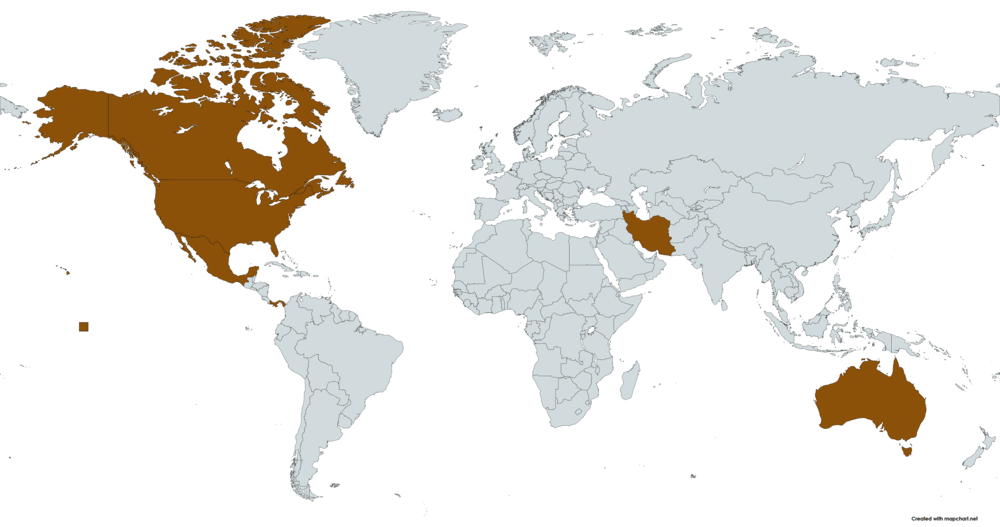
Where Is Fortification Agate Found?
Fortification Agate is found in various locations around the world, including:
- United States [Montana, Oregon, and Wyoming]
- Canada
- Mexico [The state of Chihuahua, where it is often referred to as “Coyamito Agate” due to its location near the Coyamito River]
- Panama
- Australia
- Iran
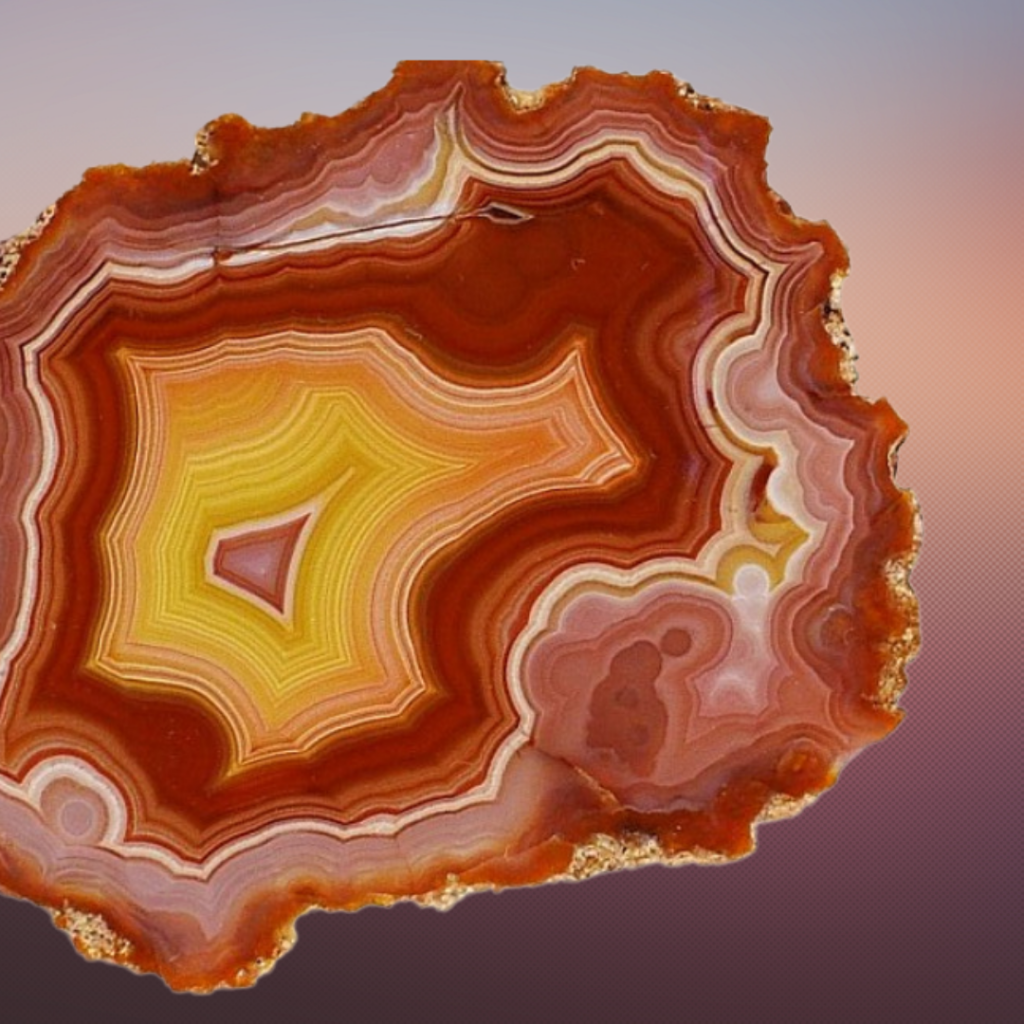
Fortification Agate Appearance
Fortification Agate is a unique and beautiful gemstone with distinctive banding patterns. The patterns resemble the walls and battlements of a medieval fortress or castle, with layers of different colors and shades that create a unique and stunning design.
The colors vary widely, ranging from white and gray to brown, green, pink, and red. In addition, the banding patterns can be thin or thick and vary in shape and size, creating endless possibilities for unique and beautiful specimens.
It is a translucent to opaque gemstone. It allows some light to pass but not enough to see through the stone. Depending on the specimen, it has a waxy to dull luster and can have a smooth or rough texture. It is a durable gemstone with a hardness of 6.5-7 on the Mohs scale, making it suitable for jewelry such as rings, pendants, and earrings.
Types of Fortification Agate
Fortification Agate is a type of Agate known for its unique banding patterns resembling the walls of a medieval fortress or castle. The category has several different types based on their color and banding patterns. Here are some of the most common types:
- Blue Lace Agate: This type is light blue to blue-gray with delicate, lacy banding patterns in white or cream.
- Botswana Agate: Botswana Agate has a pink to peach color with white or gray banding patterns that resemble a topographical map.
- Crazy Lace Agate: Crazy Lace Agate has a colorful banding pattern in various colors, including red, yellow, orange, and white.
- Fire Agate: Fire Agate is brownish-red or orange with iridescent banding patterns resembling flames.
- Moss Agate: Moss Agate is green with fern-like inclusions of minerals resembling moss or foliage.
- Onyx Agate: Onyx Agate is a black-and-white banded variety of Fortification Agate.
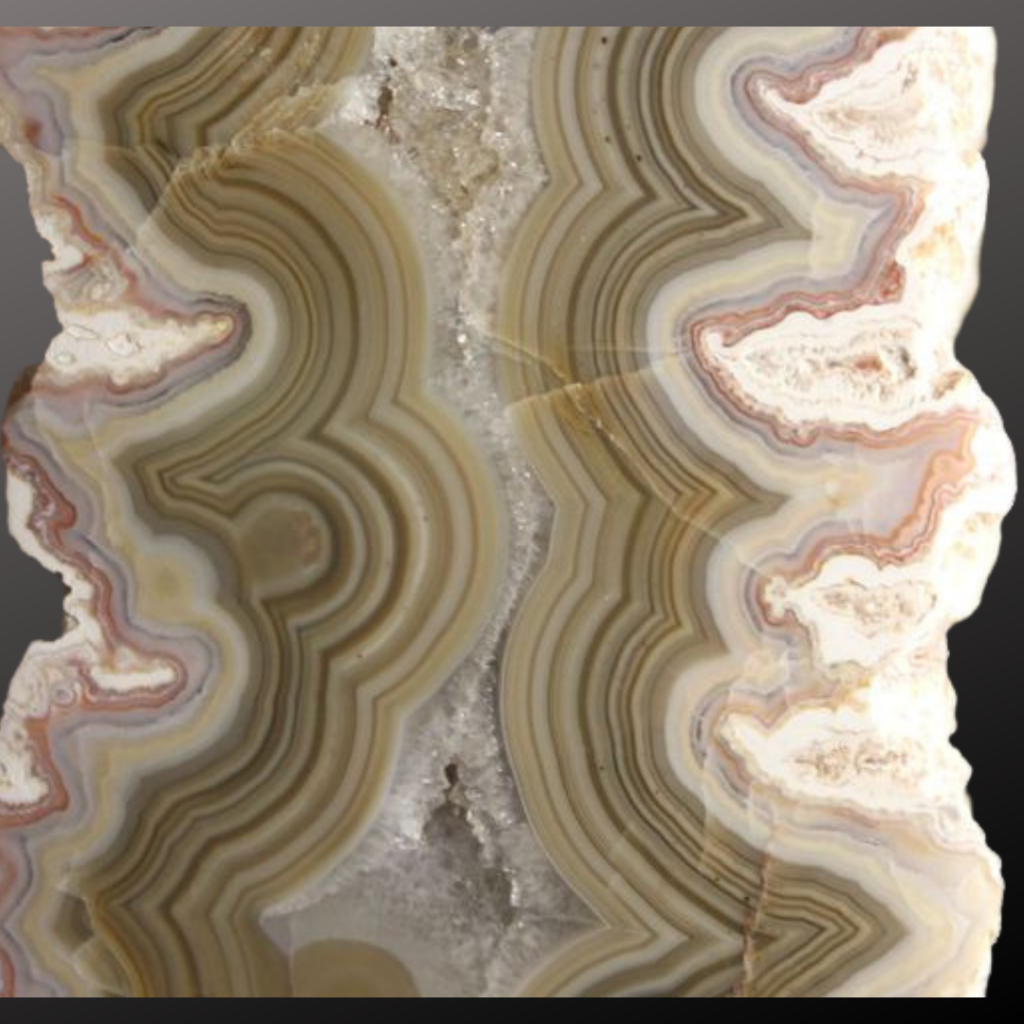
Fortification Agate Value and Price
The value and price of Fortification Agate can vary widely depending on several factors. Here are some of the key factors that can affect the value:
- Color: The color can range from white to brown, green, pink, and red. The most desirable colors are vivid and intense, with strong, well-defined banding patterns.
- Banding Pattern: The banding pattern is one of the most important factors determining the value. A well-defined pattern with high contrast between the bands will generally command a higher price than a less defined or colorful pattern.
- Transparency: The stone can range from translucent to opaque. Stones with high transparency are the most valuable specimens. This is because they allow light to pass through them.
- Carat Weight: The size can also affect its value, with larger stones generally being more valuable than smaller ones.
- Cut and Shape: The cut and shape can also affect its value. Well-cut stones with symmetrical shapes that showcase the banding pattern will generally be more valuable than poorly cut or irregularly shaped stones.
- Rarity: Rare varieties, such as Fire Agate or Blue Lace Agate, can command a higher price due to scarcity.
How Can You Tell If a Fortification Agate Is Real?
There are a few tests that can be done to help verify the authenticity. Here are some ways to tell if the stone is real:
- Physical examination: The Agate is a variety of chalcedony, so it should have a smooth, waxy texture and a high polish. The stone should also have a distinctive banding pattern with a sharp contrast between the bands.
- Scratch test: It has a hardness of 6.5-7 on the Mohs scale, so it should not be easily scratched by objects with a lower hardness, such as steel or glass. However, it can be scratched by harder materials such as diamonds.
- Translucency test: The stone can range from translucent to opaque, so holding it up to a light source can help determine if it has a high degree of clarity or is more opaque.
- UV light test: Some varieties of this Agate will fluoresce under ultraviolet light, so shining a UV light on the stone can help determine its authenticity.
- Density test: The specific gravity can be measured using a density kit or scale and can help determine if the stone is consistent with the expected range for chalcedony.
It’s important to note that these tests are not foolproof. Therefore, it is always best to consult a reputable gemologist or mineralogist.
What Does Fortification Agate Symbolize?
Fortification Agate is believed to have several symbolic meanings and spiritual properties. Here are some of the most commonly attributed meanings to this Agate:
- Protection: It is often associated with safety and security and is believed to ward off negative energies and protect the wearer from harm.
- Strength and Courage: The stone is also said to enhance the wearer’s strength, courage, and self-confidence, making it an ideal stone for those facing challenging situations.
- Stability: The stone promotes peace and grounding, helping the wearer stay rooted and focused in the present moment.
- Healing: The stone has strong healing properties. It is especially effective for digestive, immune, and nervous system problems.
- Harmony and Balance: The Agate is believed to promote harmony and balance in all areas of life, fostering a sense of peace and tranquility.
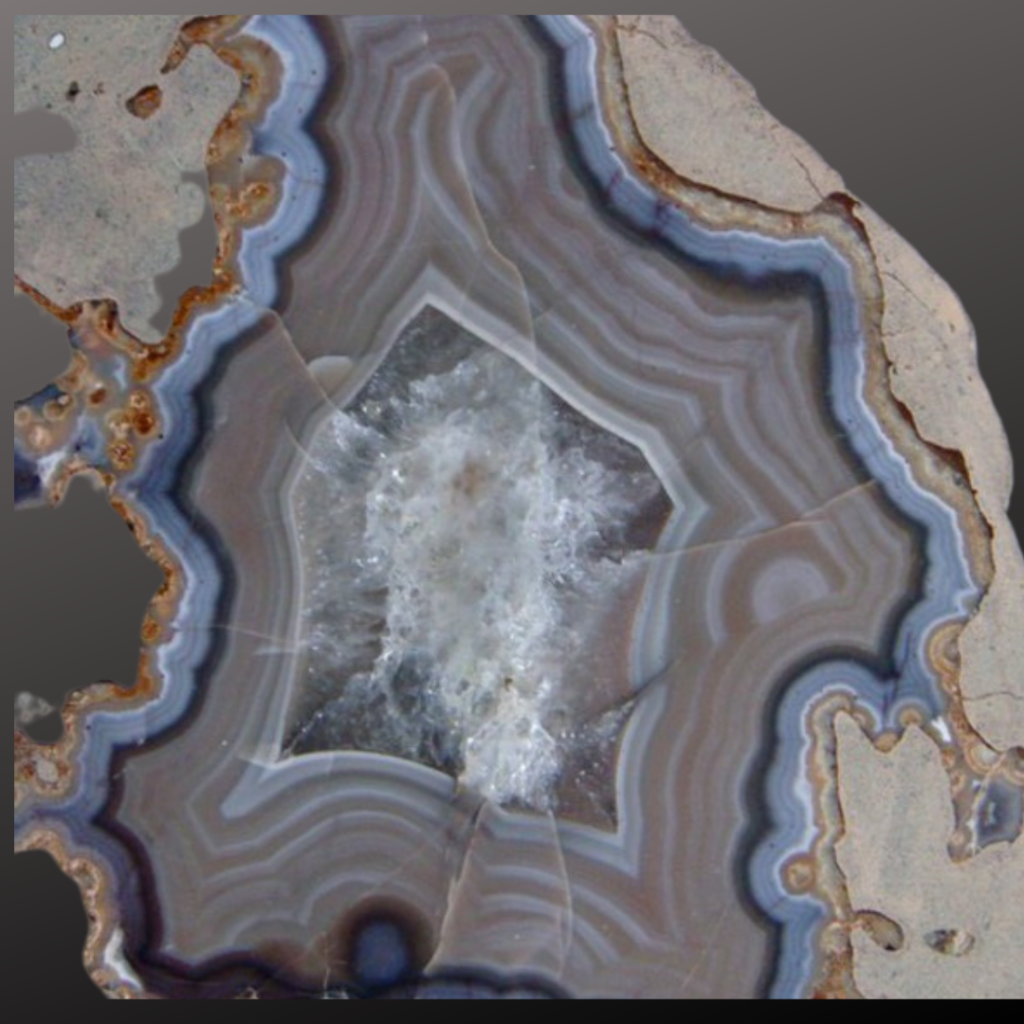
Uses of Fortification Agate
Fortification Agate has been used for various purposes throughout history, from practical applications to decorative and ornamental uses. Here are some of the most common uses:
- Jewelry: It is often used in jewelry making due to its unique banding patterns and striking appearance. This versatile material can be crafted into different shapes, such as cabochons, beads, and pendants.
- Decorative Objects: The stone is also commonly used in decorative objects such as paperweights, bookends, and carved figurines due to its natural beauty and durability.
- Spiritual and Healing Practices: This Agate stone is known for its spiritual and healing properties. It is a popular stone for meditation, energy healing, and other spiritual practices.
- Industrial Uses: The stone is also used in various industrial applications due to its hardness and durability, including as an abrasive in sandpaper and grinding wheels.
- Collecting: Some people collect this Agate and other varieties of Agate as a hobby or for their beauty and rarity.
Is Fortification Agate A Birthstone?
Fortification Agate is not a traditional birthstone for any month. However, it is sometimes associated with the zodiac sign of Gemini (May 21 – June 20). It is believed to have properties that can benefit people born under this sign.
Which Gemstones Go Best With Fortification Agate?
Fortification Agate can be paired with other gemstones to create beautiful, unique jewelry designs. Here are some options:
- Amethyst: Amethyst is a beautiful purple gemstone that pairs well with the natural colors of this Agate.
- Carnelian: Carnelian is a reddish-orange gemstone that can complement this Agate’s warm, earthy tones.
- Citrine: Citrine is a yellow gemstone that can add color to this Agate.
- Hematite: Hematite is a metallic gray stone that pairs well with the natural banding patterns of this Agate.
- Black Onyx: Black Onyx is a dark, opaque gemstone that can create a striking contrast with the lighter tones of this Agate.
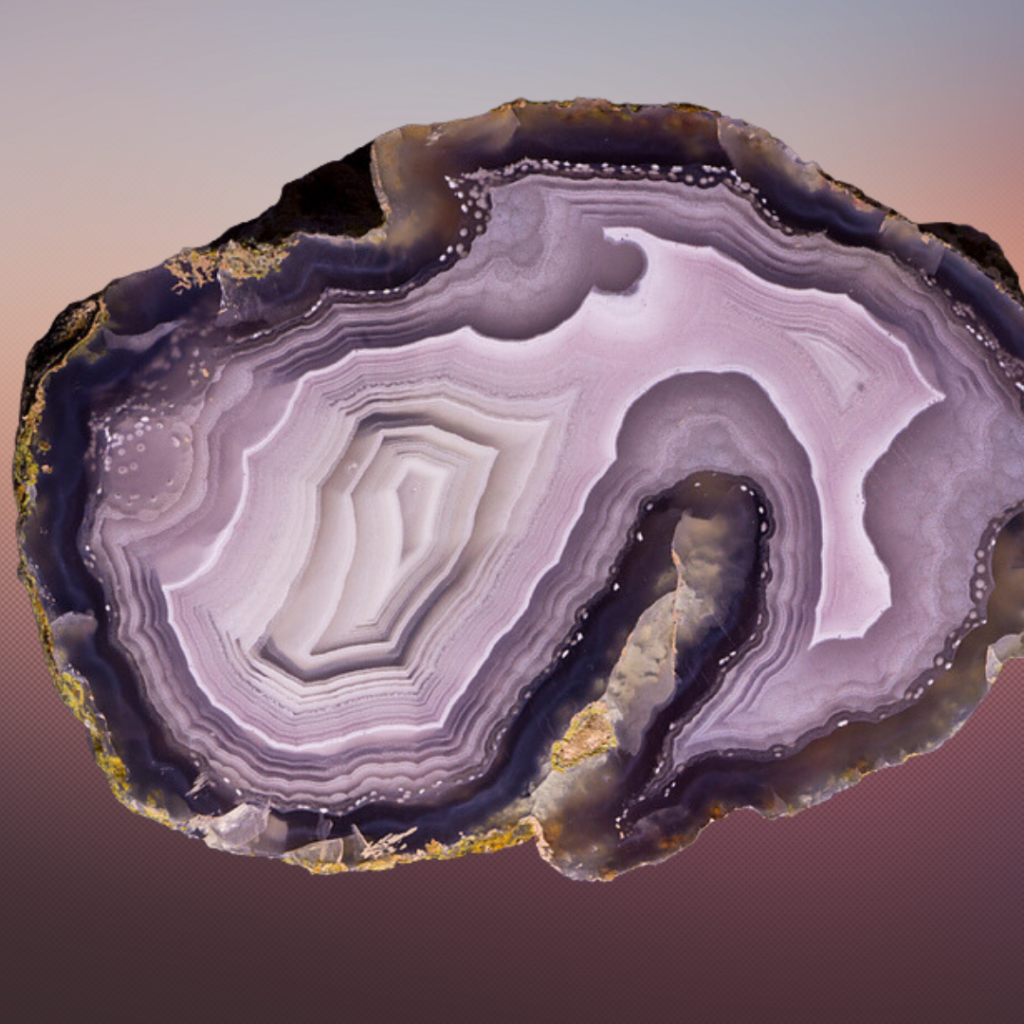
How To Take Care Of Fortification Agate Jewelry?
Fortification Agate is a relatively durable gemstone, but it still requires some care to maintain its beauty and integrity over time. Here are some tips for taking care of jewelry:
- Cleaning: Use a soft, damp cloth to clean your jewelry gently. To prevent damage to the stone, avoid using harsh chemicals or abrasive cleaners. You can use a mild soap and water solution to clean the jewelry. Rinse it thoroughly and dry it completely afterward.
- Storage: Store the jewelry separately from other jewelry to avoid scratching or further damage. You can use a soft pouch or jewelry box to protect the jewelry when it is not worn.
- Avoid exposure to heat and chemicals: Agate can be sensitive to extreme heat and chemicals, so it is best to avoid exposure to direct sunlight, high temperatures, or harsh chemicals such as bleach or cleaning solutions.
- Avoid impact: Although it is a relatively durable stone, it can still be damaged by impact or rough handling. Be sure to remove your jewelry before engaging in any physical activities that may cause impact or damage.
- Re-stringing: If your jewelry is strung on a cord or wire, it may need to be re-strung periodically to prevent damage to the cord or wire. Check the jewelry regularly for signs of wear or injury, and have it re-strung as needed to keep it in good condition.
Proper care and handling allow your jewelry to last for many years and remain beautiful and vibrant.
FAQ
Is Fortification Agate a rare stone?
Fortification Agate is not a particularly rare stone. Still, its value can vary depending on color, clarity, and size.
Can Fortification Agate be used for engagement rings?
Fortification Agate is not a traditional choice for an engagement ring, as it is less durable than other gemstones such as diamond or sapphire. However, it can be used in different types of jewelry, such as pendants, earrings, or bracelets.
Can Fortification Agate be treated or enhanced?
Fortification Agate is not typically treated or enhanced, as it is already a naturally beautiful stone. However, some lower-quality stones may be dyed or treated to improve their color or clarity.
What is the difference between Fortification Agate and other types of Agate?
Fortification Agate is a specific type of Agate characterized by its distinctive banding patterns. Other varieties of Agate can have different colors, patterns, and mineral inclusions.
Is Fortification Agate a spiritual or healing stone?
Fortification Agate is believed to have spiritual or healing properties, such as promoting inner stability, grounding, and emotional balance. However, it’s important to note that these beliefs lack scientific proof. Therefore, they should not be used in place of medical or professional advice.


